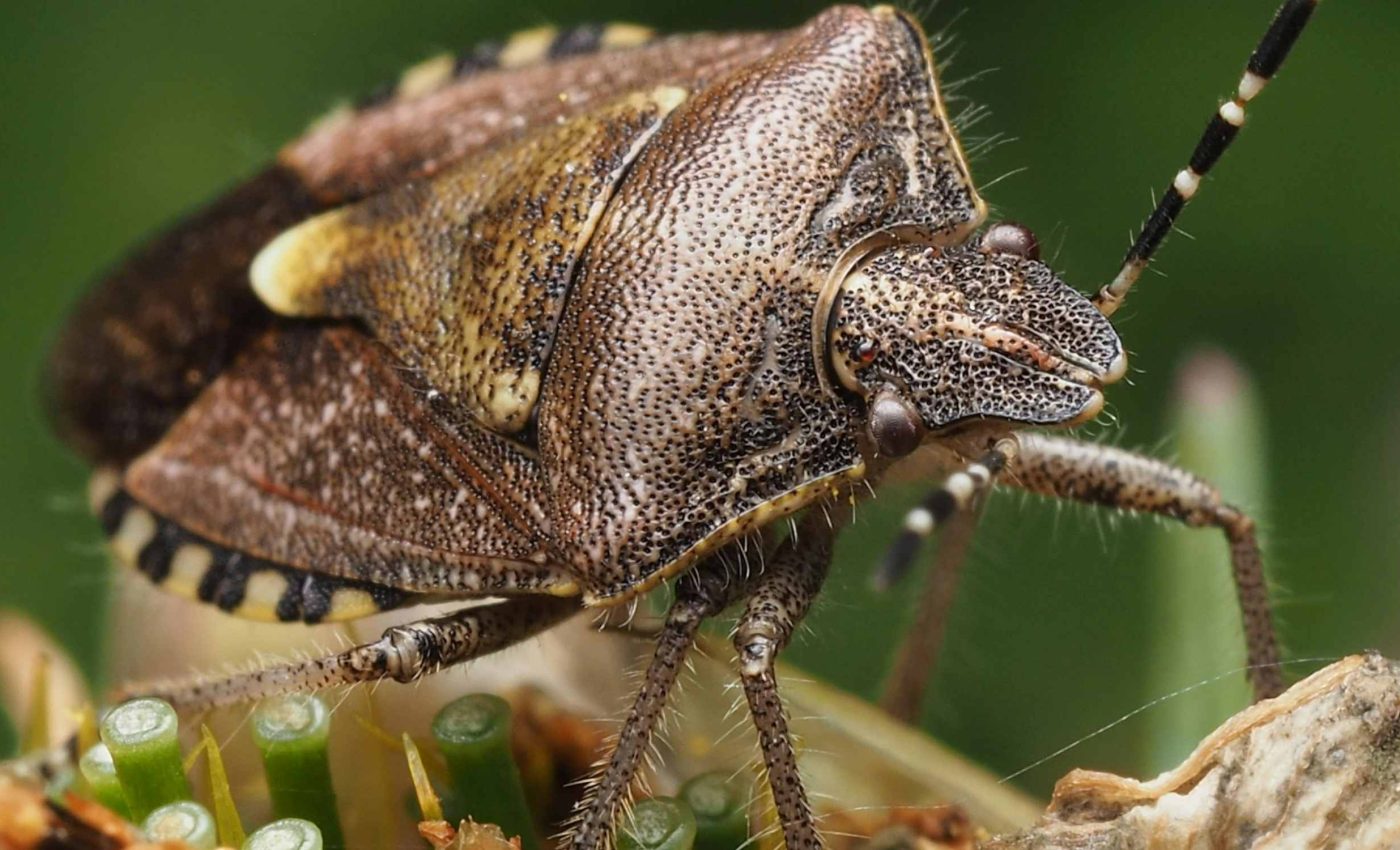
Confirmed case of plague in California potentially caused by flea bite
A South Lake Tahoe resident has a confirmed plague infection linked to a likely flea bite while camping, and the person is recovering at home.
Human plague in the United States is rare but serious, and early antibiotics usually work well when treatment starts quickly.
Fleas and the plague
Health teams say the most likely source is a flea that fed on an infected squirrel or chipmunk, then bit the camper.
The California Department of Public Health (CDPH) notes that rural and mountain areas of California are where plague persists in wild rodents and their fleas.
The CDPH leads statewide plague surveillance and coordinates closely with El Dorado County. That effort links field sampling, laboratory testing, and risk messaging during the warm months when people are outdoors.
“It’s important that individuals take precautions for themselves and their pets when outdoors, especially while walking, hiking and or camping in areas where wild rodents are present,” said Kyle Fliflet, El Dorado County’s acting director of public health.
The county reports that its last human case was in 2020, with two Yosemite exposures in 2015, and that the patient in this new case is recovering at home.
State surveillance recorded dozens of rodents with evidence of exposure in recent years, including several within the Tahoe Basin this year. Those detections tell officials where flea control and warning signs are most useful.
How fleas spread the plague
Plague is caused by Yersinia pestis, a bacterium that travels between animals through fleas.
In the Sierra Nevada, researchers have documented years with little or no activity followed by bursts when infected fleas appear at high elevation sites, often where people hike and camp.
Most human infections begin when an infected flea bites exposed skin.
Household pets can also carry infected fleas indoors, and outdoor cats can become sick and pass bacteria through close contact or respiratory droplets when lungs are involved, as described in a CDC report.
Public health teams track what are called vectors, insects that move germs from animals to people. They watch for spikes in flea infections and rodent die offs, then alert local agencies to treat burrows and post signs where families recreate.
Symptoms, treatment, and risk
Bubonic plague, the most common form, starts with a sudden fever and swollen lymph nodes called buboes, tender lumps that mark nearby immune activity.
With prompt antibiotics, doctors can stop the infection before it spreads to the bloodstream or lungs. If bacteria enter the blood, doctors call it septicemic plague, a whole body infection that can progress fast.
When bacteria reach the lungs, pneumonic plague, a lung infection that can spread by droplets can develop and needs immediate care in a medical setting.
In recent decades, an average of seven human cases are reported each year in the United States, mostly in western states.
This year, northern Arizona recorded a pneumonic death in July which underscores why doctors act quickly when symptoms match exposure.
Doctors rely on antibiotics that target Gram negative bacteria, a group with tough outer coats that resist some drugs. Treatment choices and length depend on the form of illness and how early it is caught.
Smart precautions for trails and camps
Avoid feeding or touching wild rodents, alive or dead, and keep pets on a leash away from burrows. Use insect repellent on socks and pant cuffs, wear long pants tucked into boots, and choose sleeping spots away from rodent signs when camping.
At home, protect pets with veterinarian recommended flea control, and keep cats from hunting rodents in known risk areas.
If anyone in your household develops fever and tender lymph nodes after time outdoors in the Sierra, call a clinician and mention possible exposure.
Local monitoring continues through the summer and fall as fleas remain active in warm, dry conditions. The state and county post signs when and where risks rise to help people steer clear of hotspots guided by surveillance.
Public health messages can sound repetitive, but they work because the bacteria move the same way year after year. Precautions protect hikers, campers, cats, and dogs without shutting down outdoor life in the mountains.
—–
Like what you read? Subscribe to our newsletter for engaging articles, exclusive content, and the latest updates.
Check us out on EarthSnap, a free app brought to you by Eric Ralls and Earth.com.
—–













